Life Drawing Randburg is a casual space that is aimed at being conducive to going deep with your/our art practice, that is safe but also brave, inclusive, diverse and authentically creative. Basically about artistry in as many ways as there are participants, to learn more about the approach we take consider reading Radical Artistry Life Drawing: An Alternative Approach to Life Drawing
I’ve been running regular life drawing sessions since around 2017.
They take place roughly monthly consecutively over a weekend; Friday afternoon, Saturday and Sunday mornings and are limited to 6 artists in addition to myself and the model. All skill levels are welcome as are all shapes and sizes of models.
More details can be found in this Google Doc.
Bookings and scheduling happen through a WhatsApp group, click here to join.
The schedule is subject to change, join the WhatsApp group or call André for the latest schedule.
Sessions are:
- Fridays: 3 pm for 3:30 to 7,
- Saturdays 10 for 10:30 to 2 pm,
- Sundays: 9 for 9:30 to 1 pm
Contribution: R 330 or as near as is affordable per session.
A few snapshots from sessions during 2022:
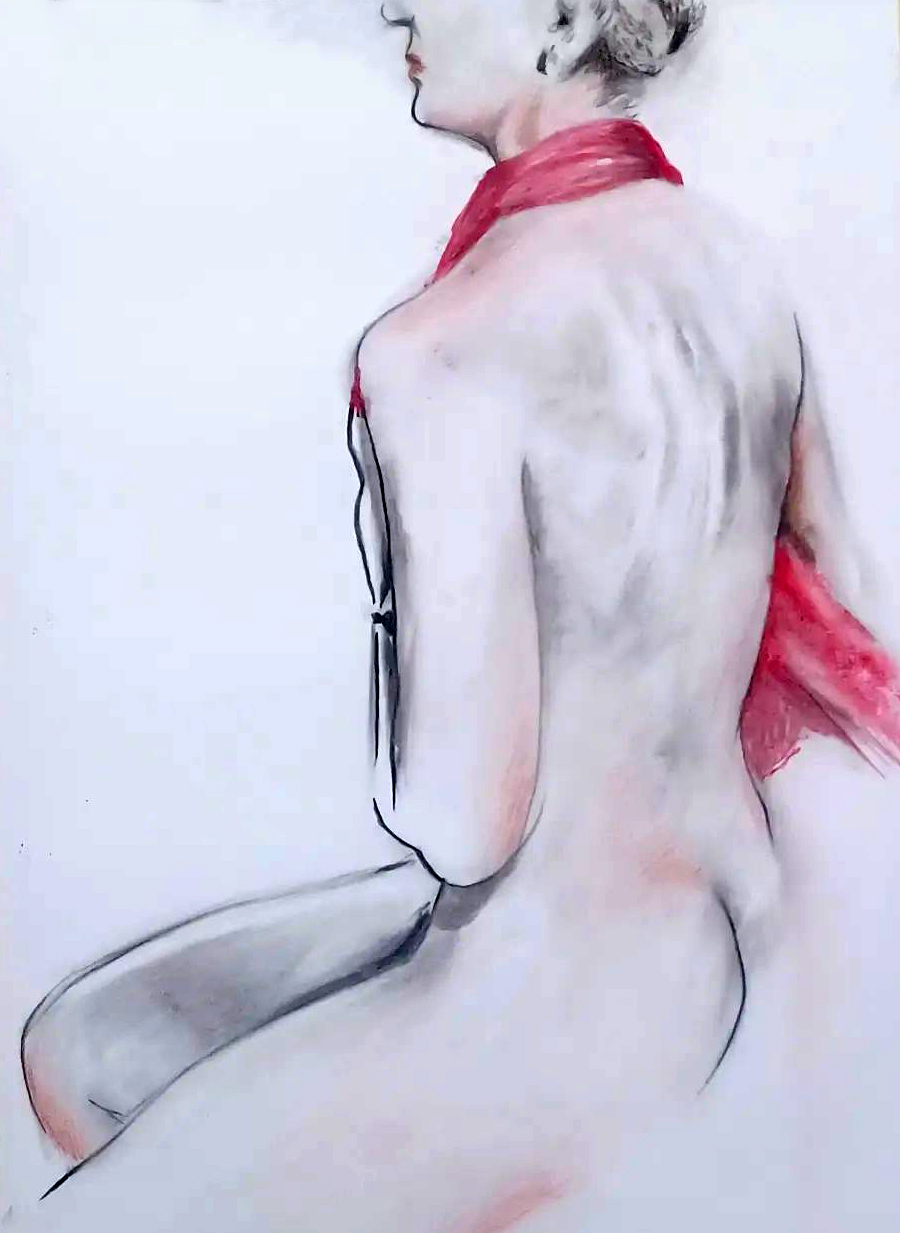
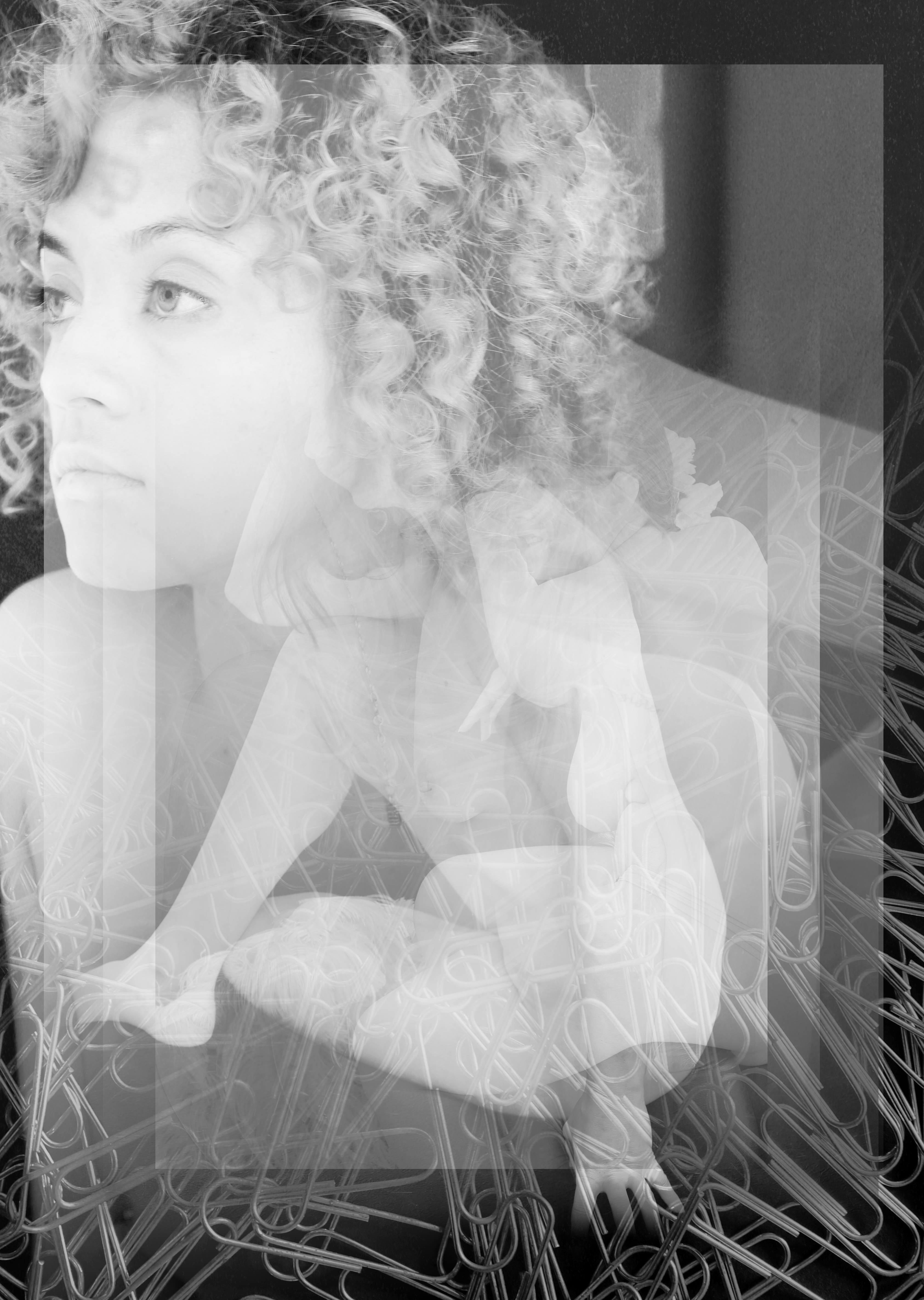



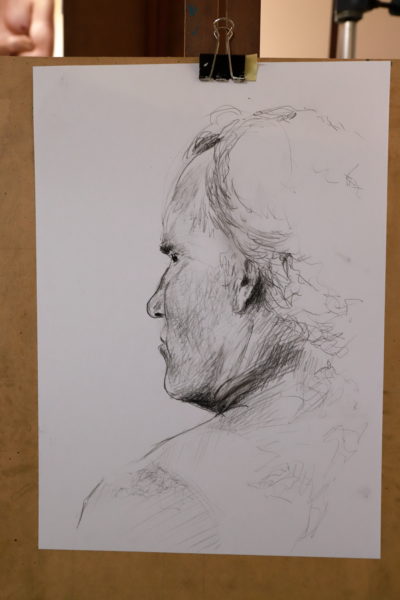
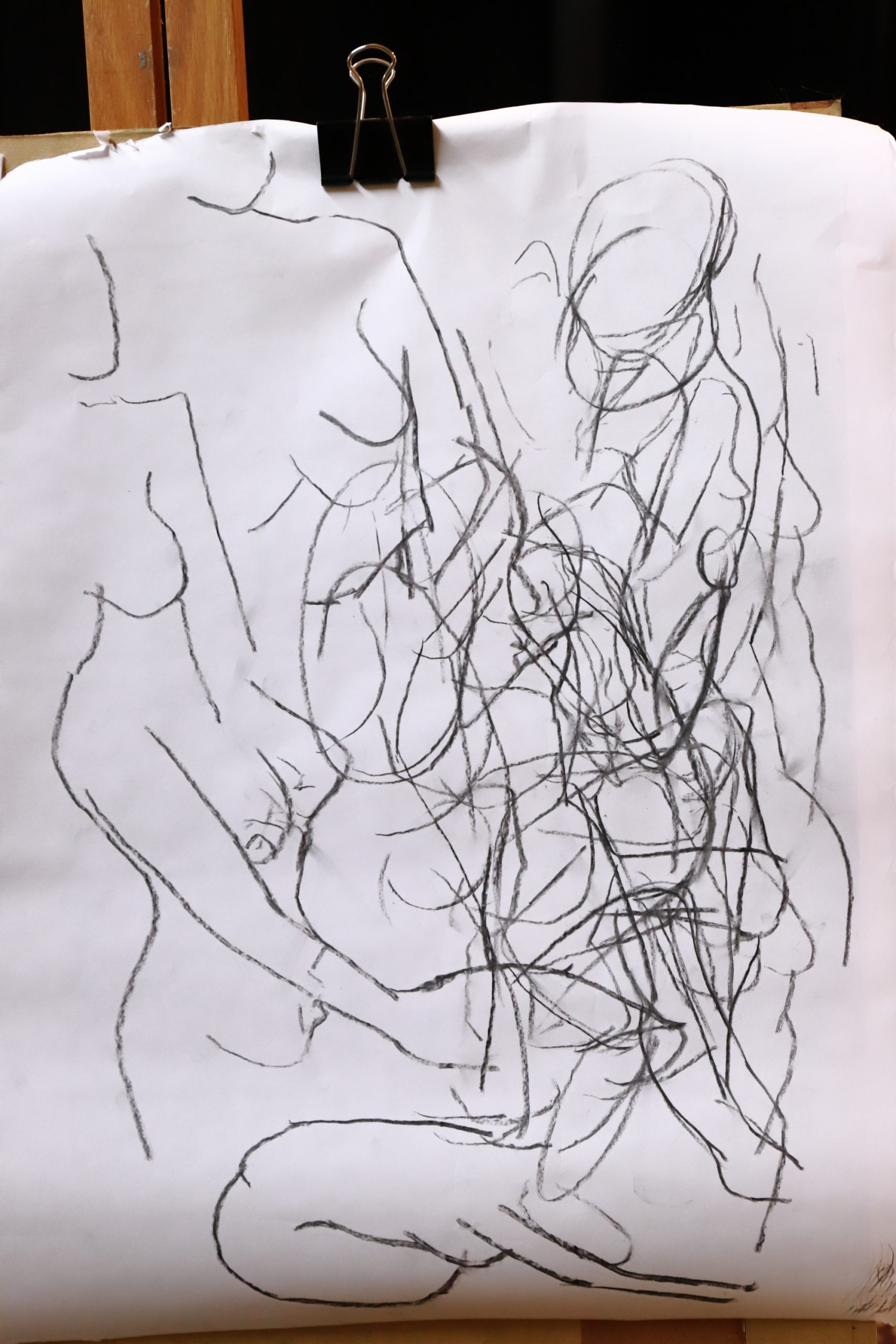


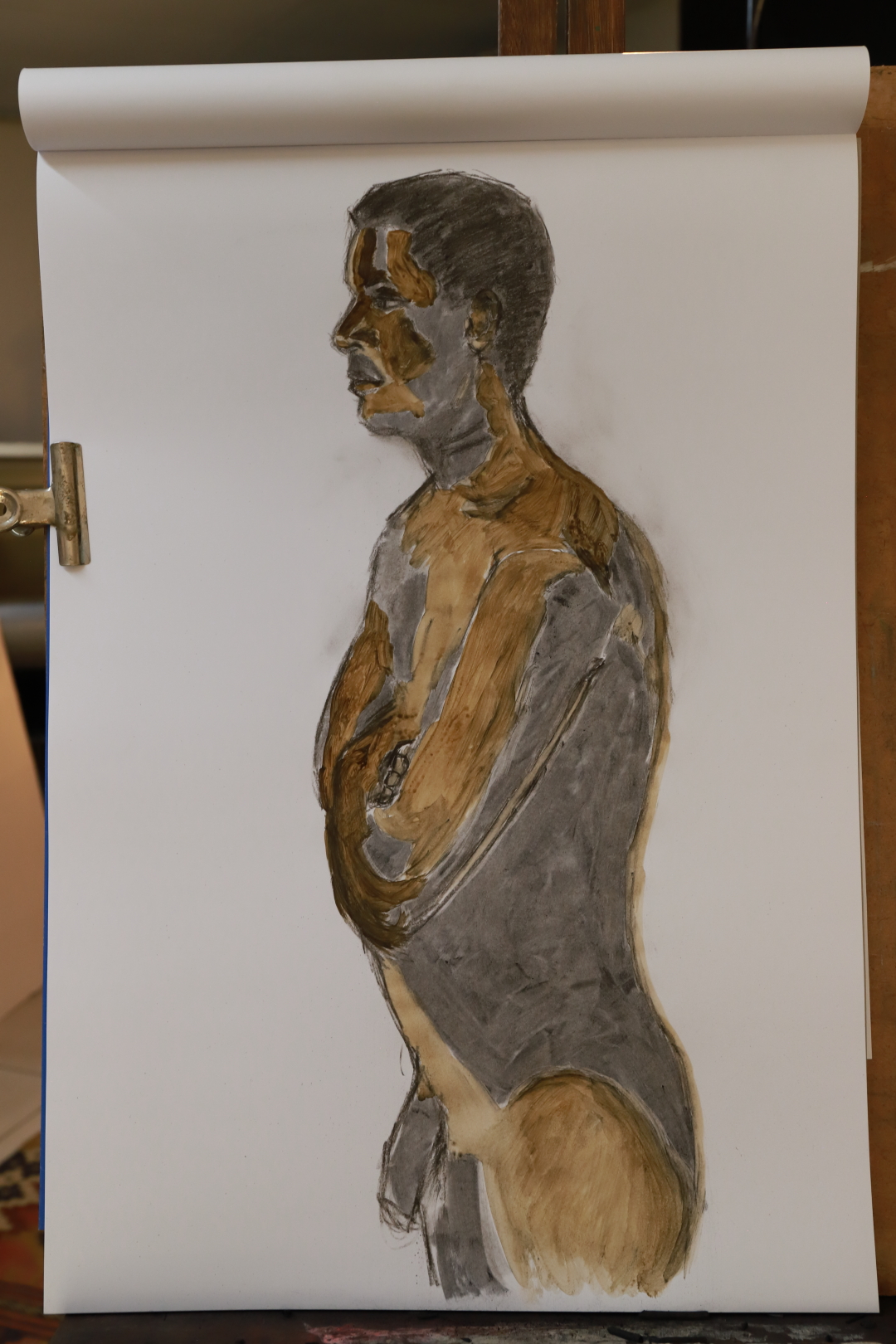



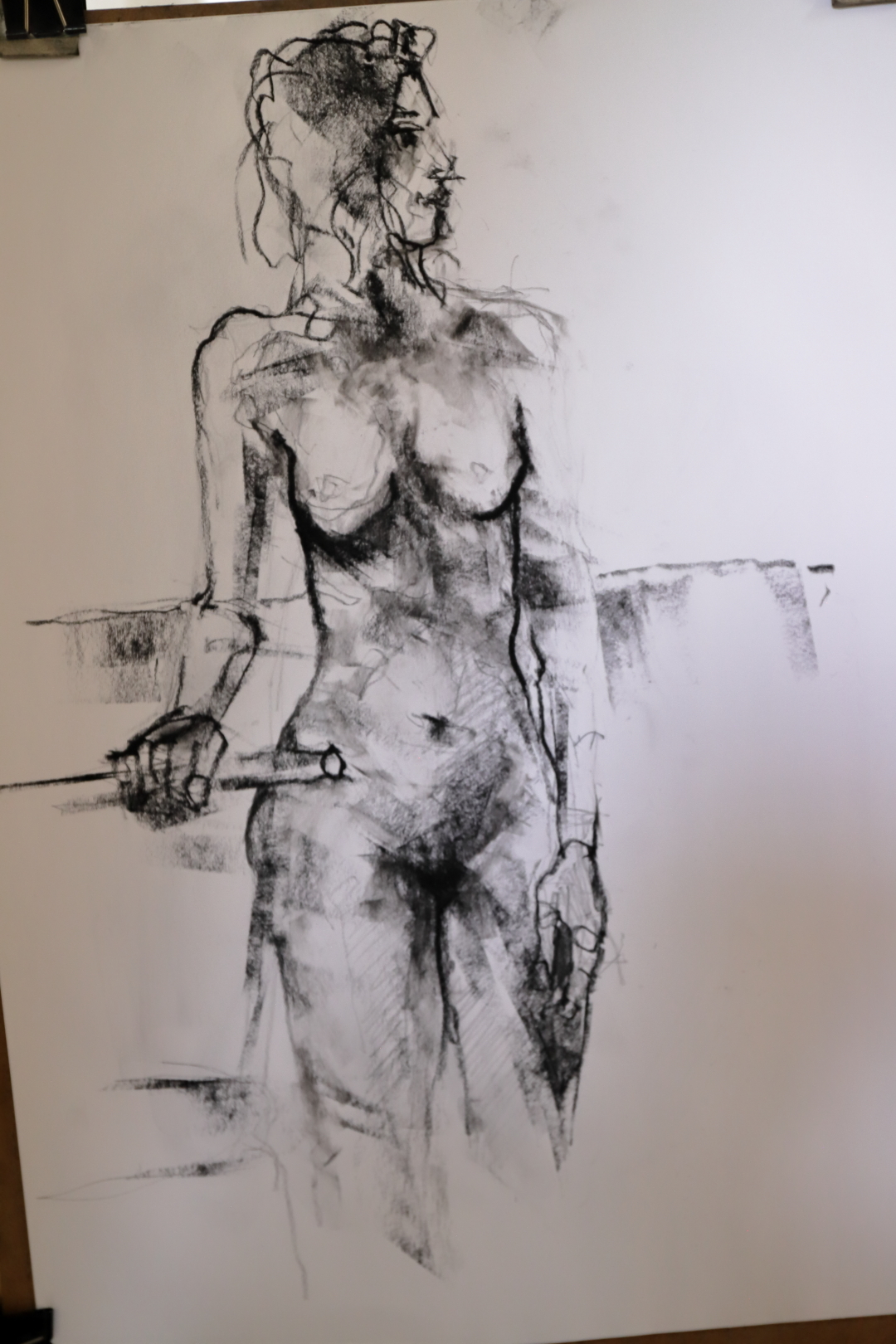
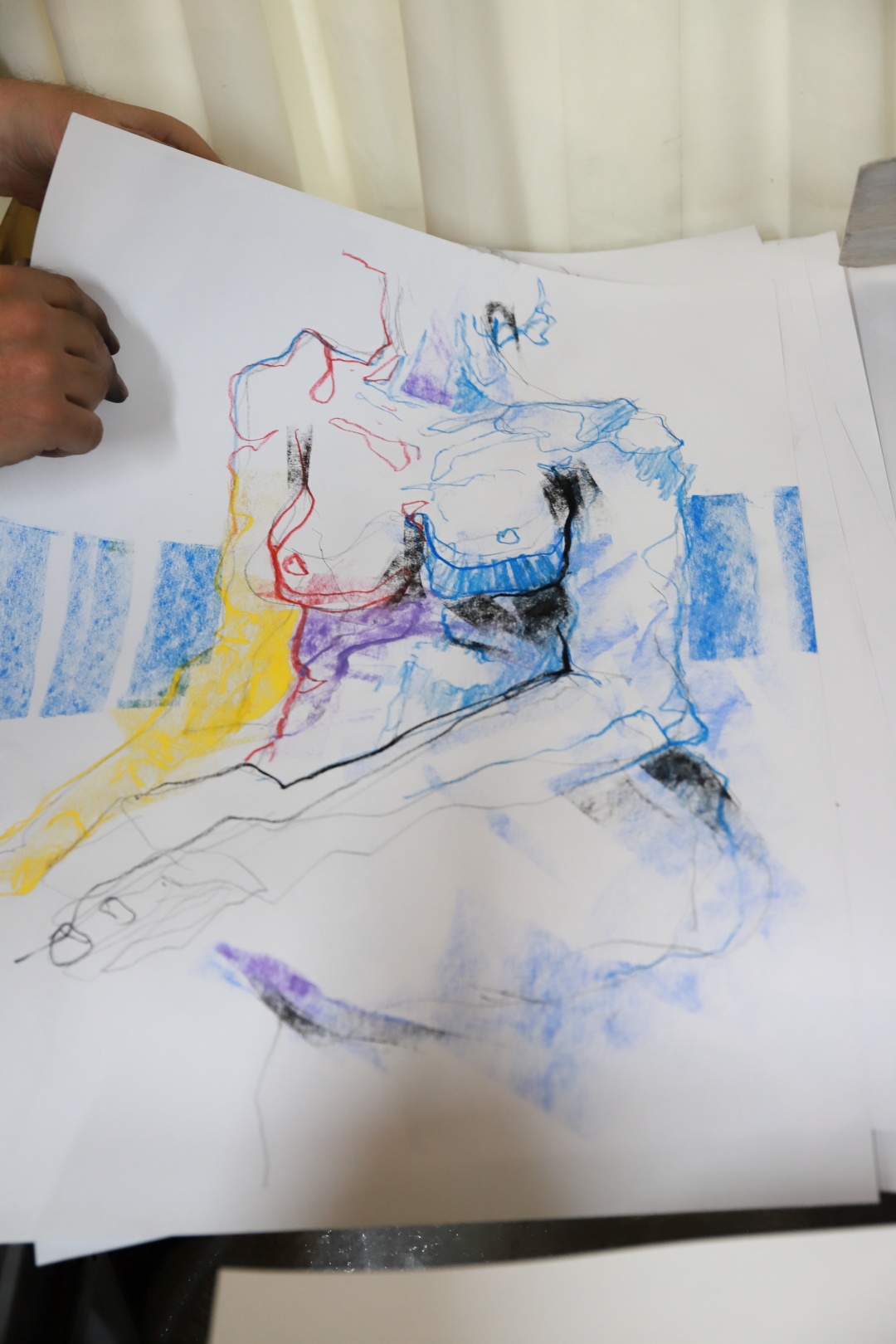

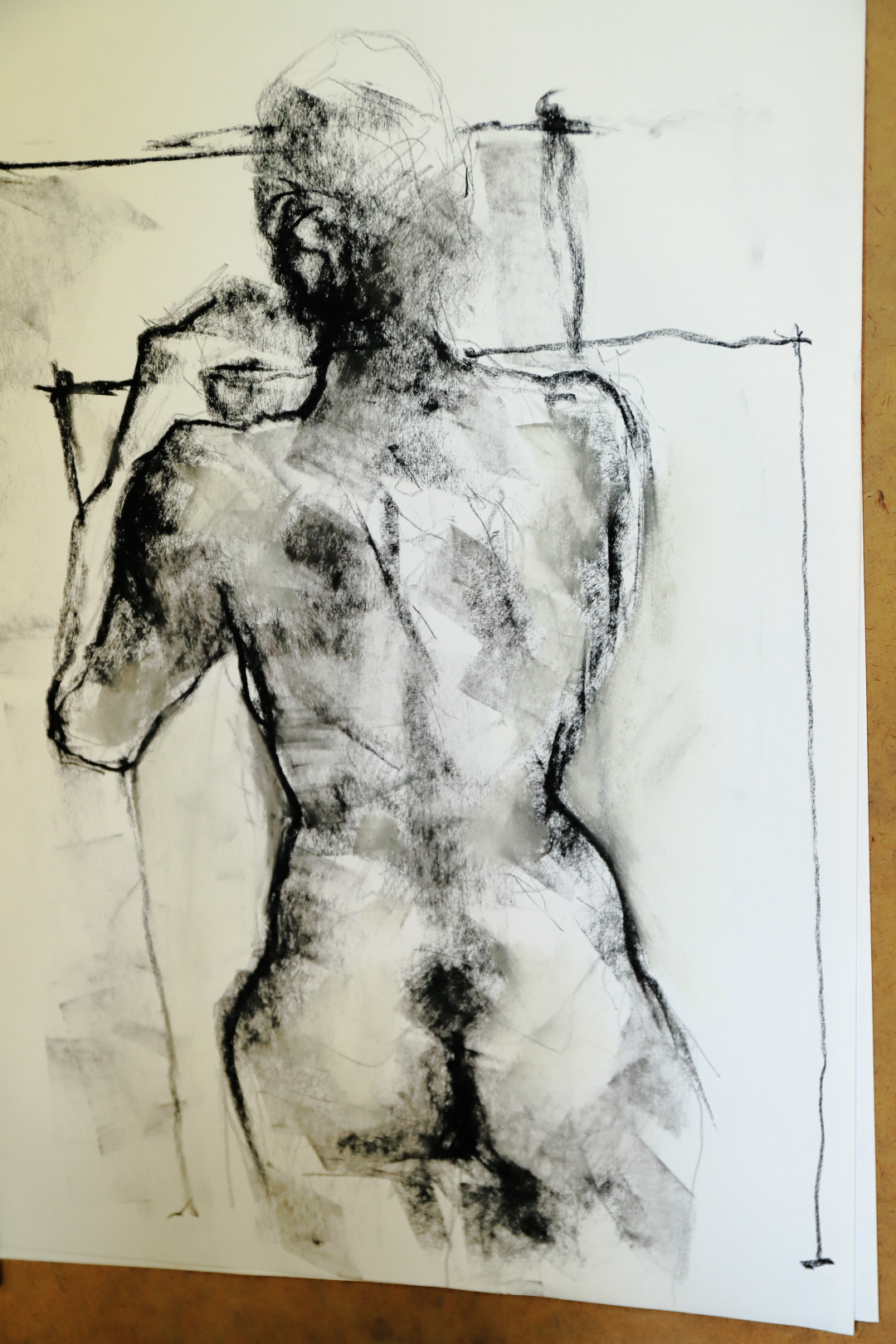

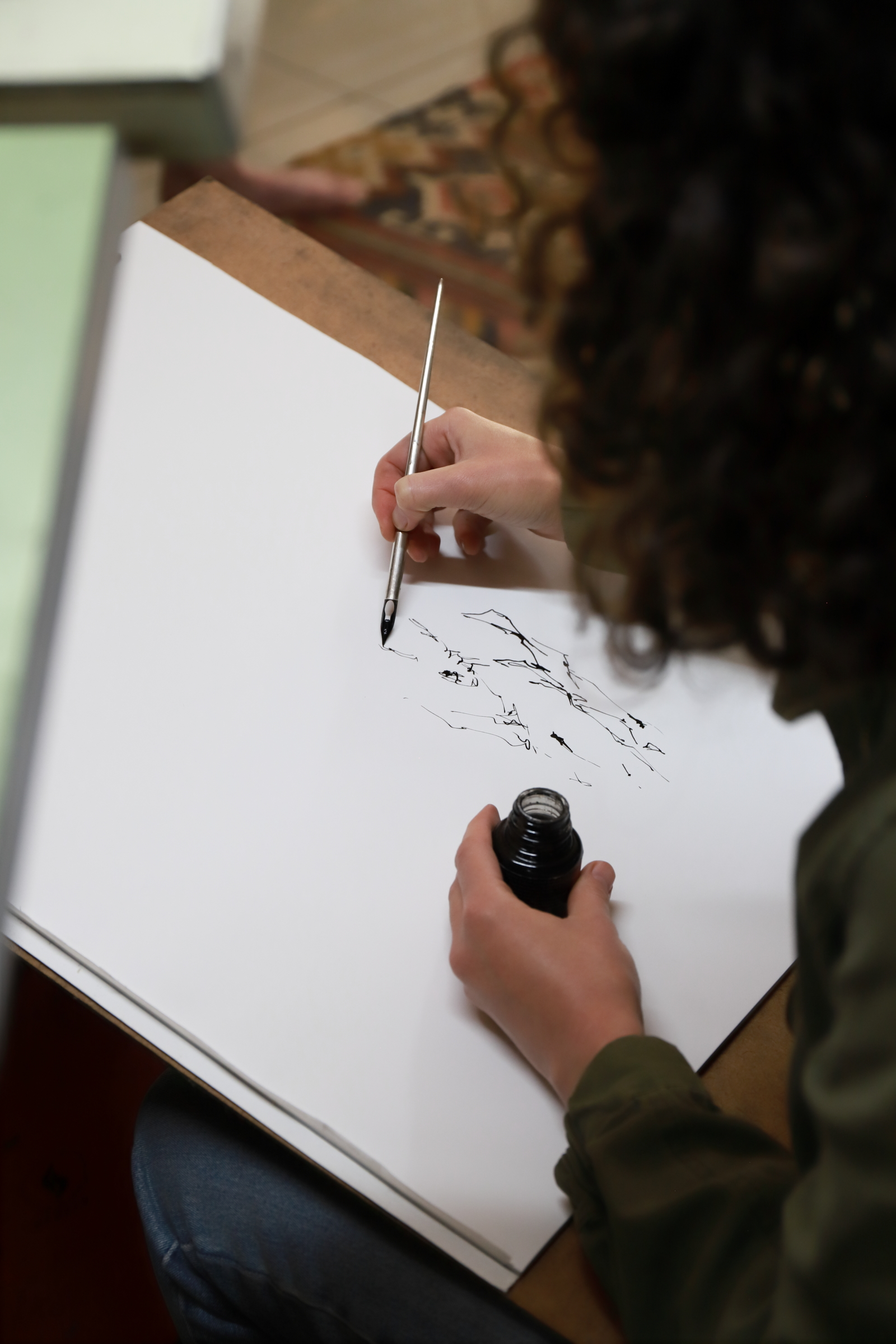
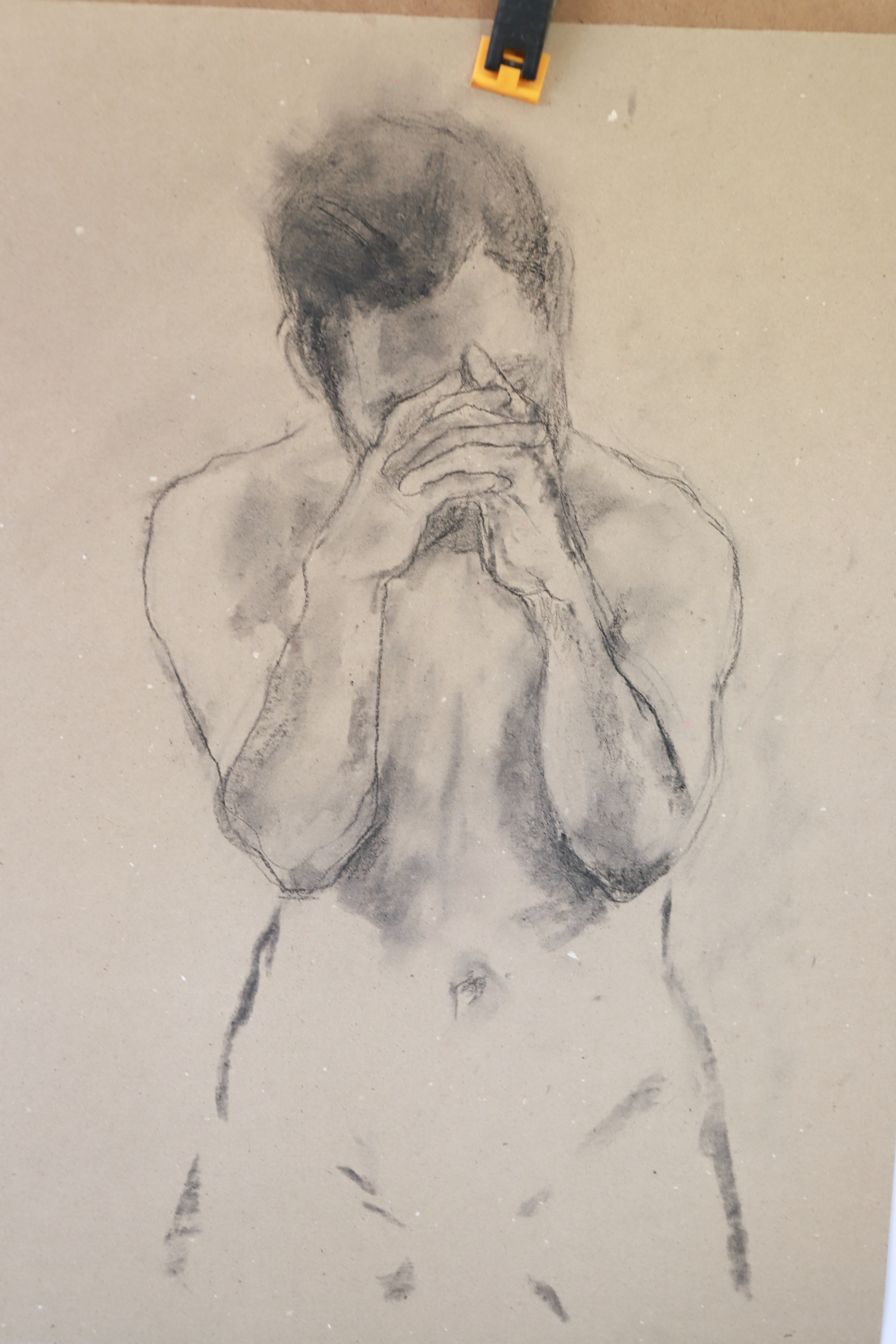
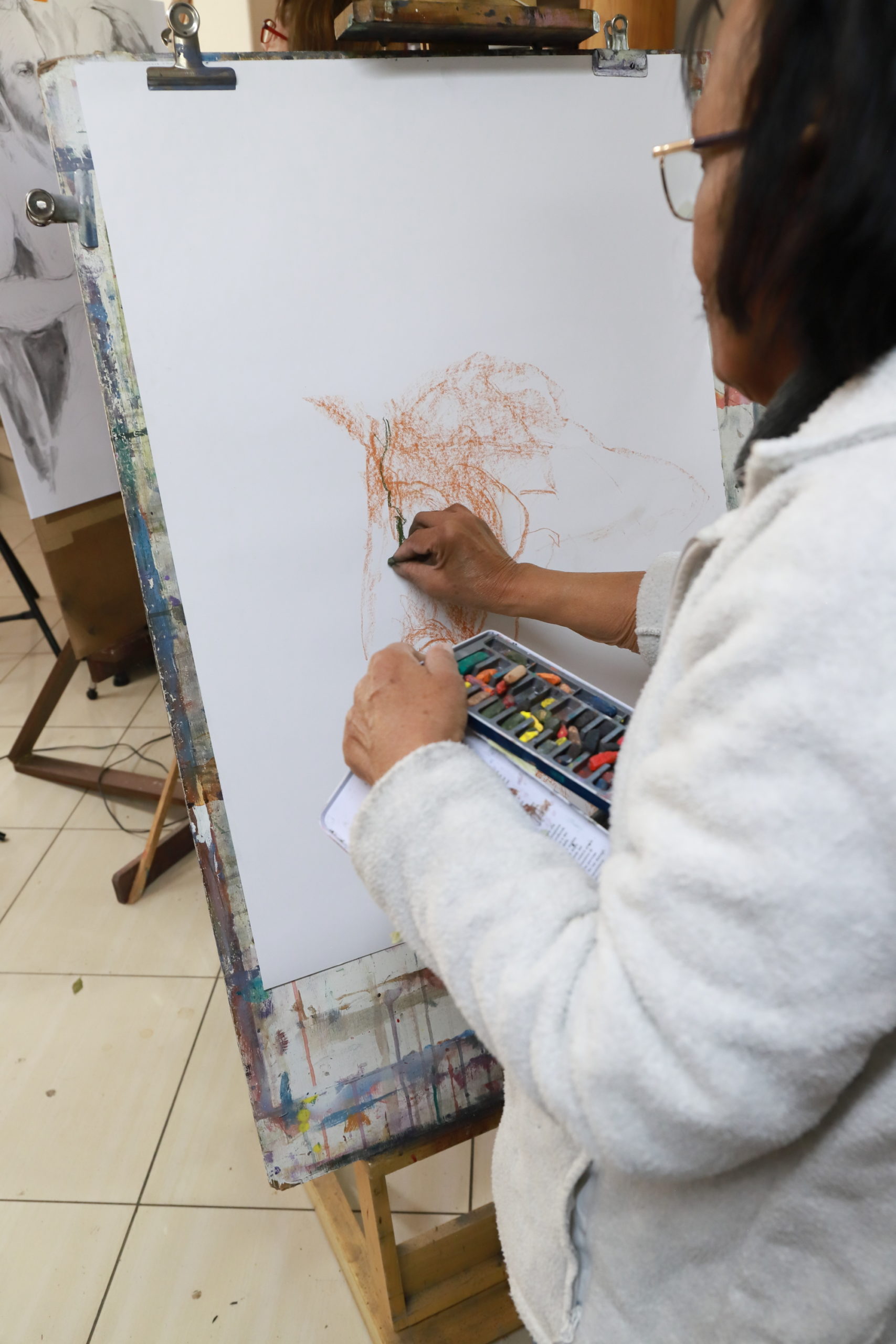

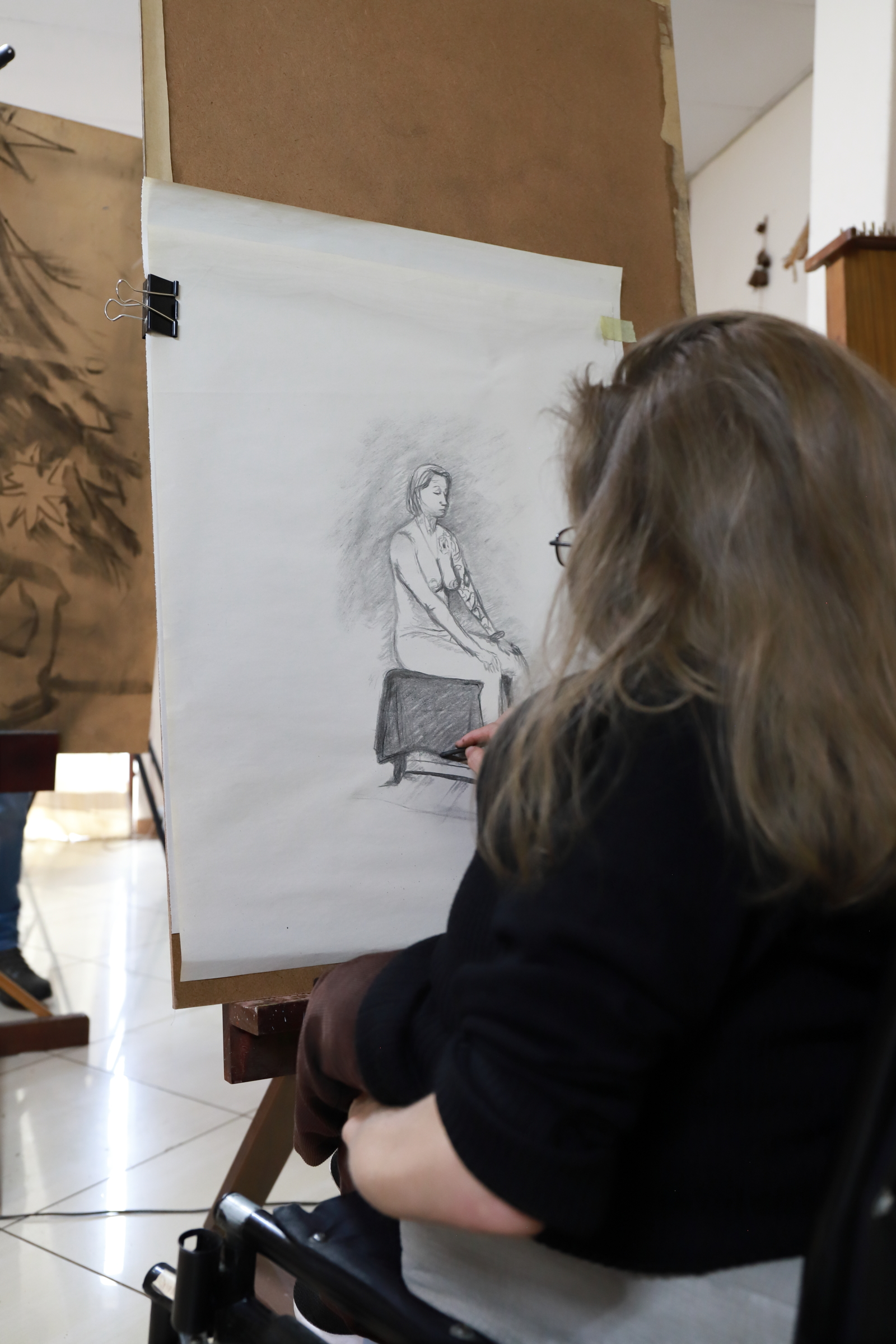
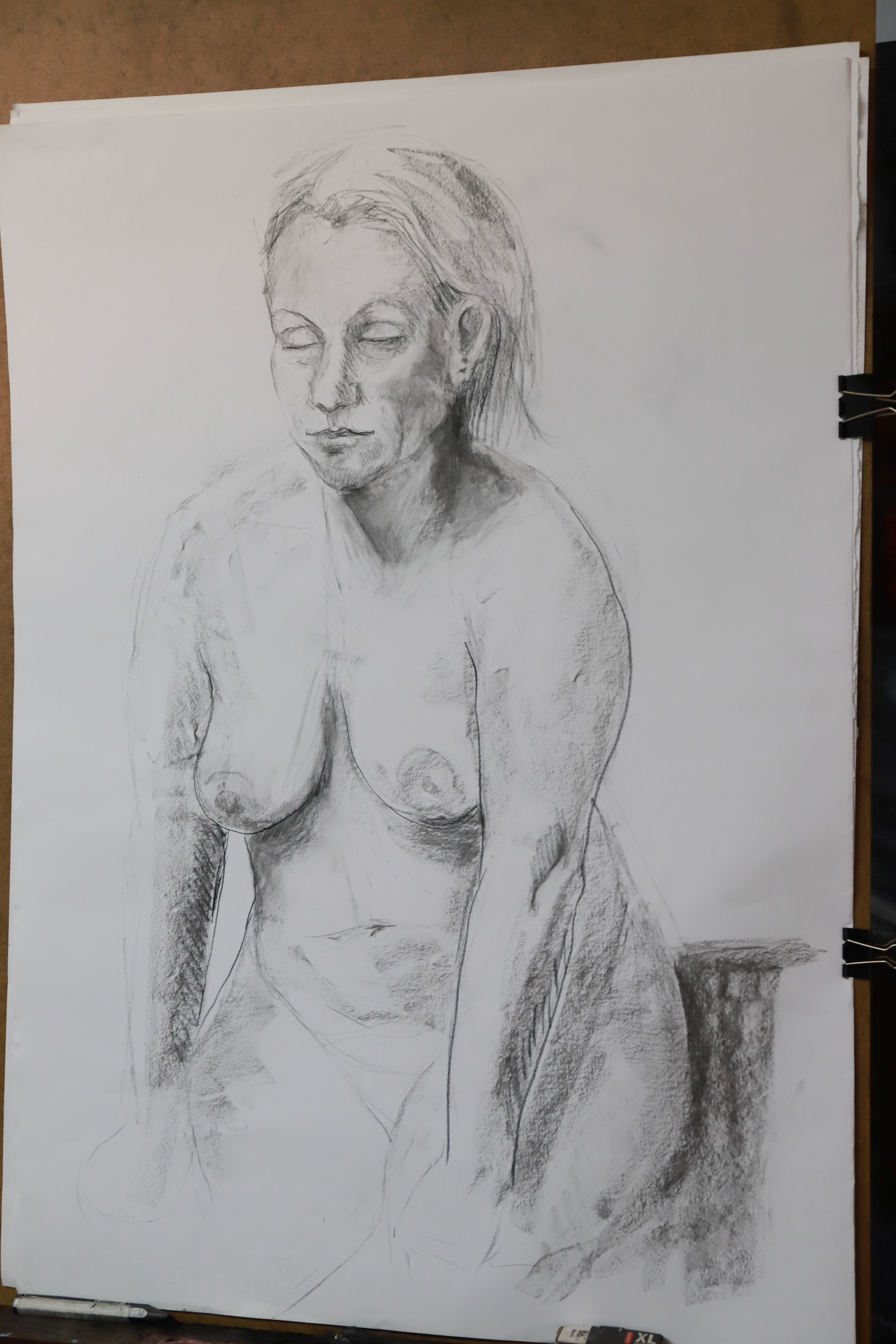
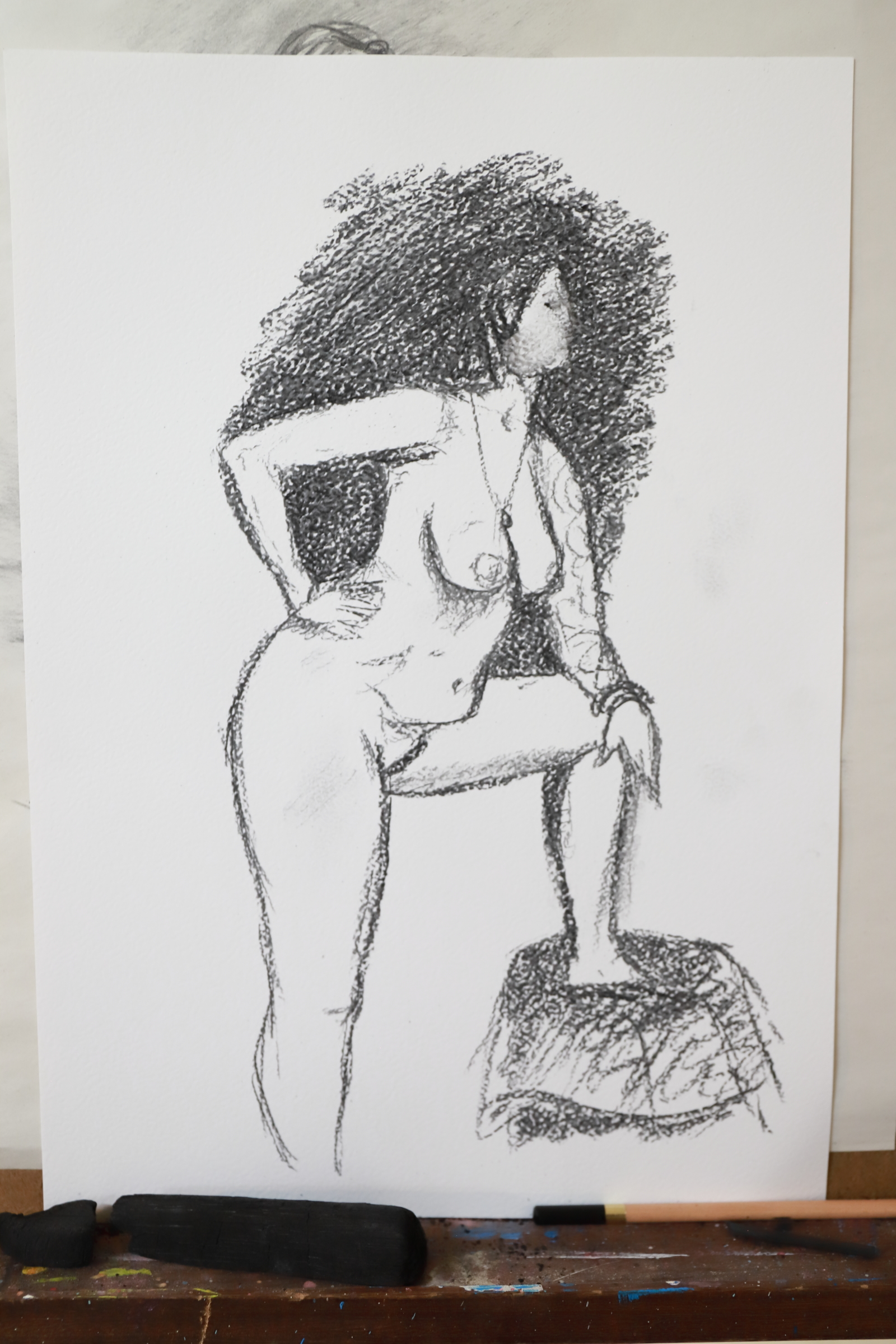


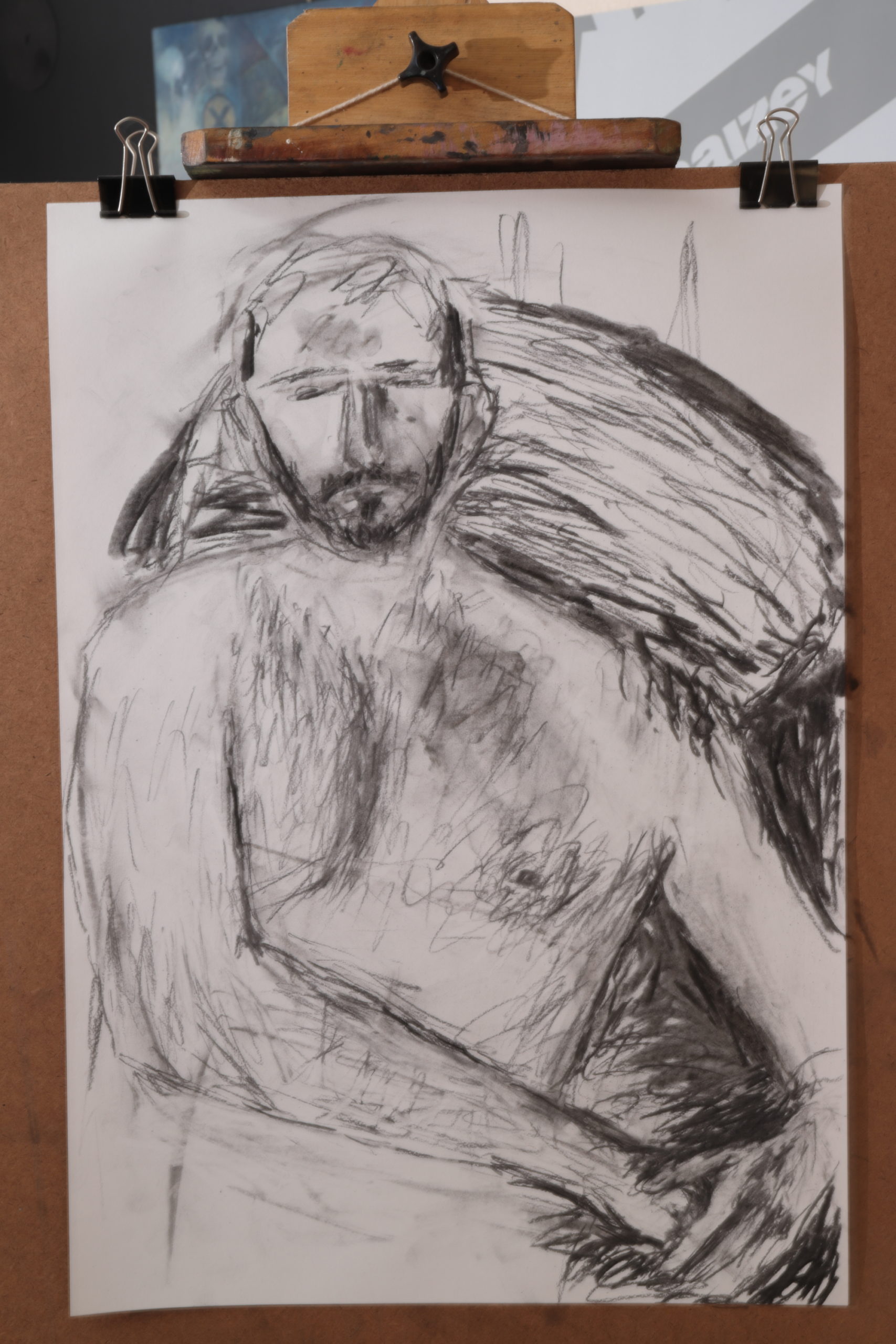
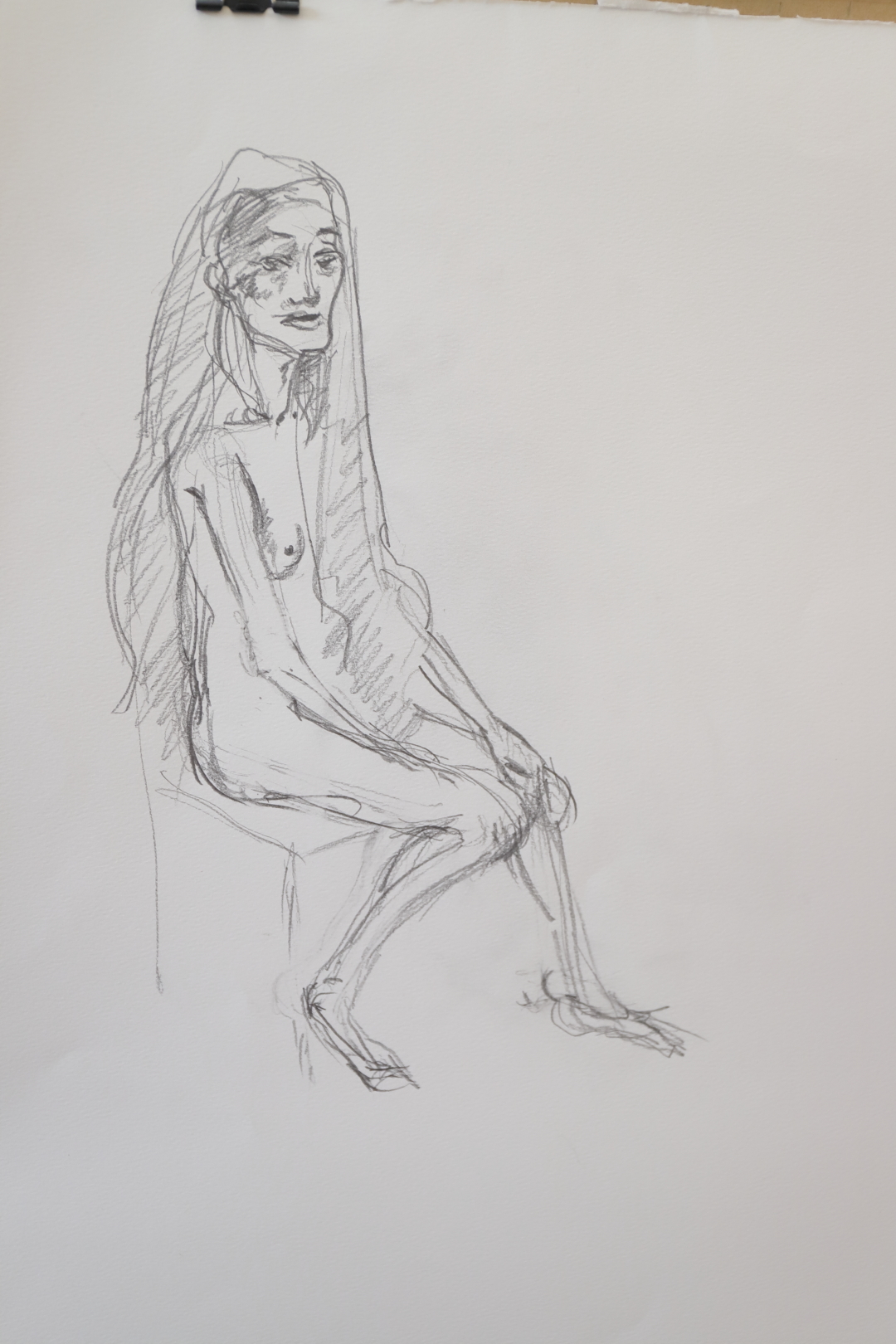
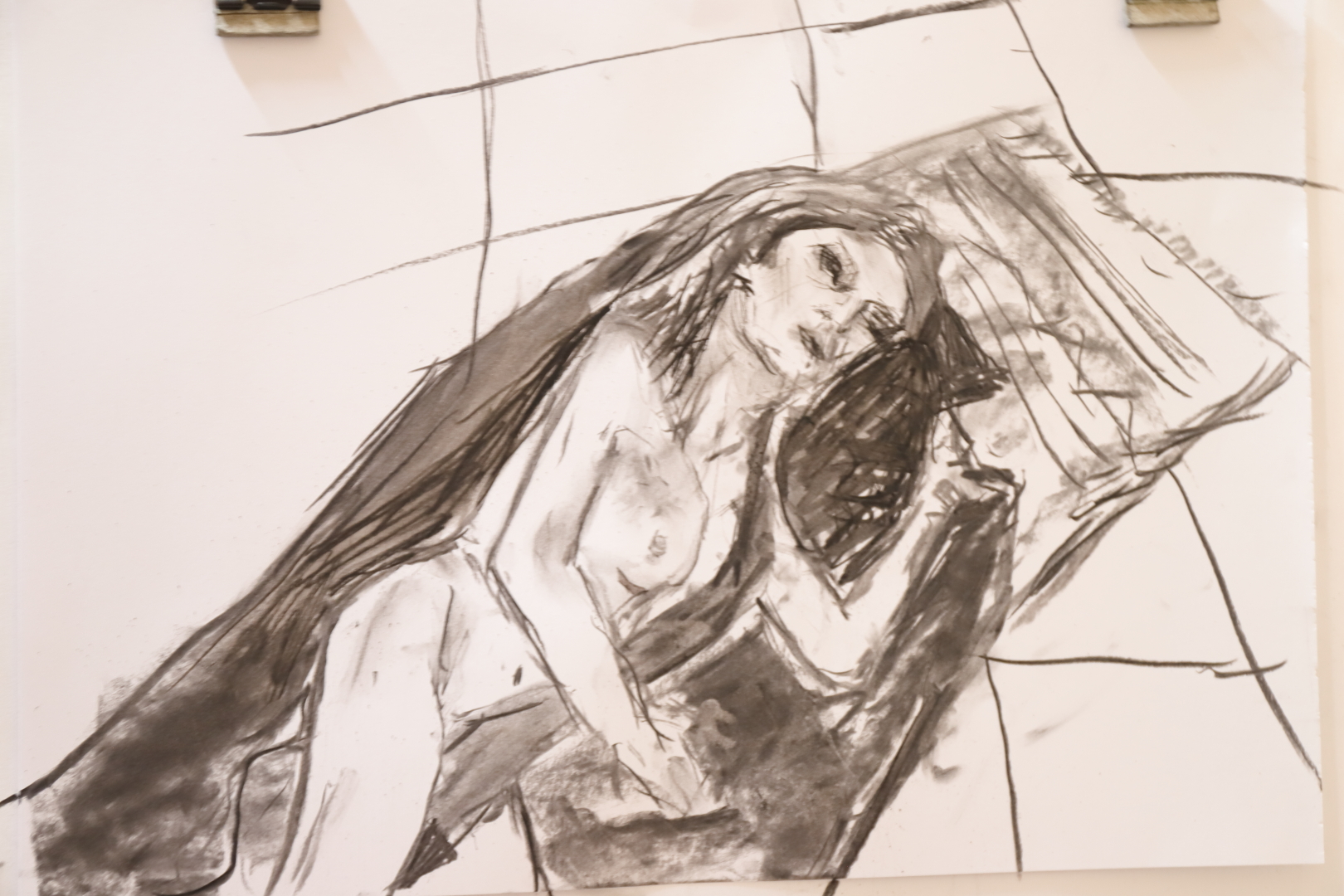

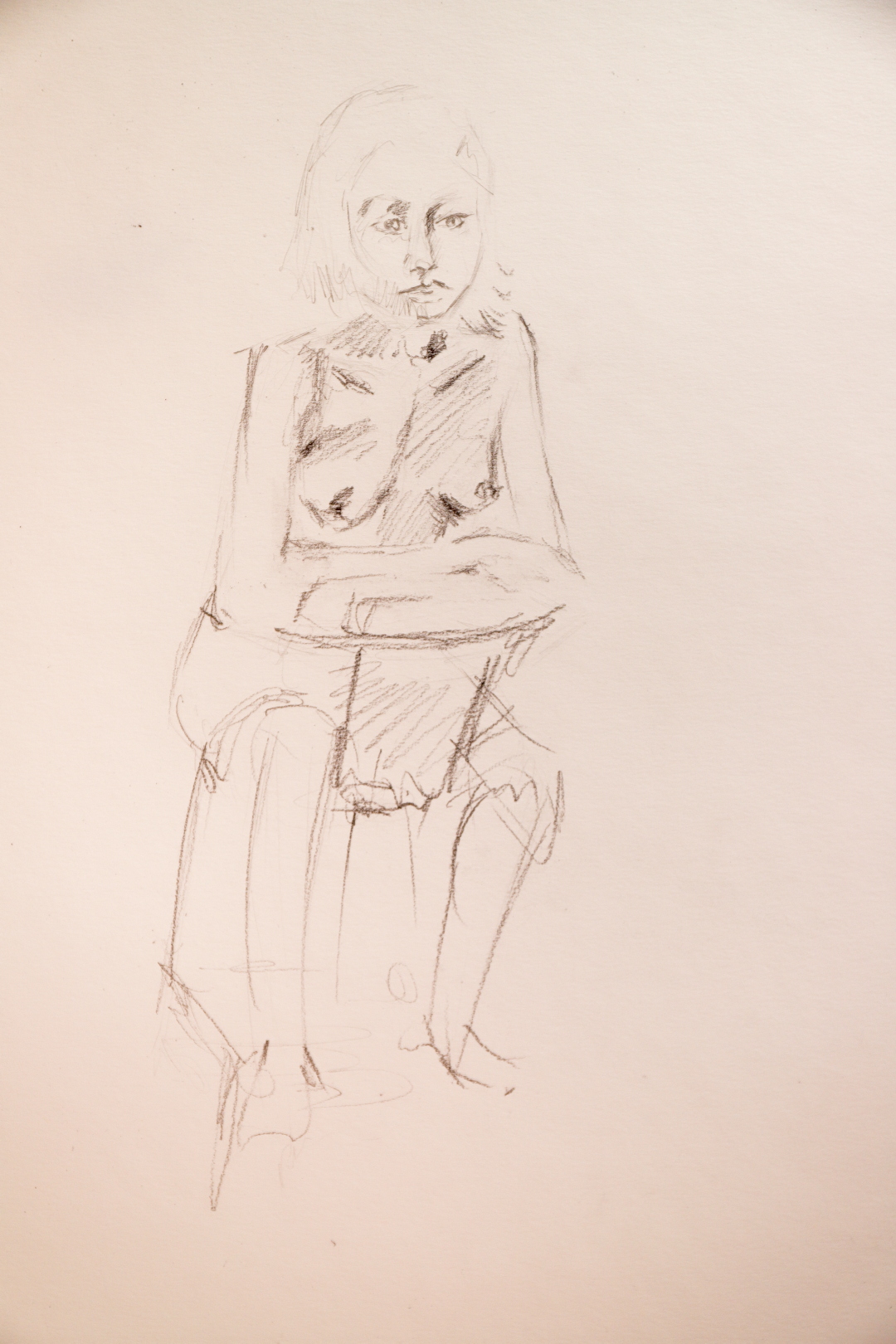

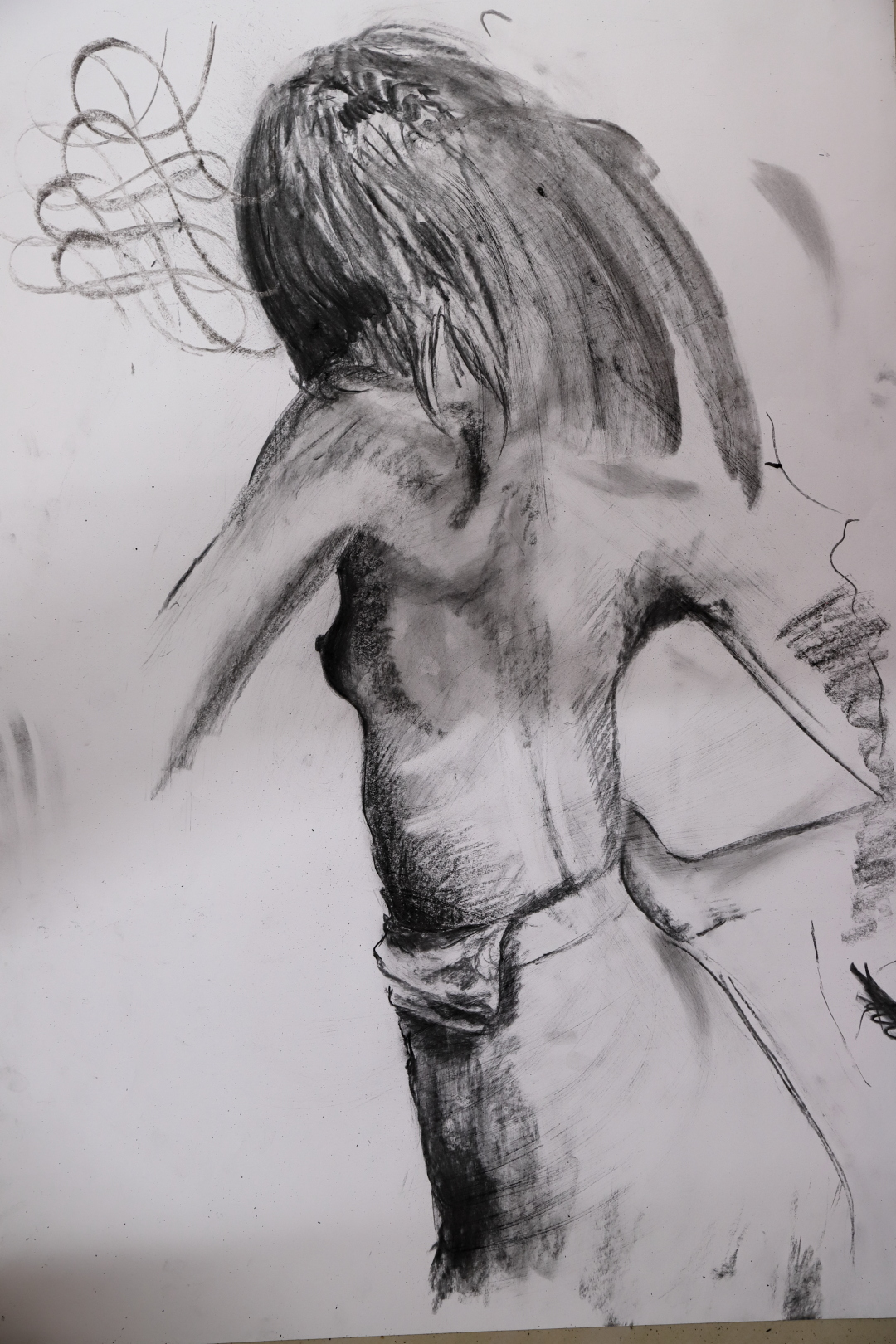
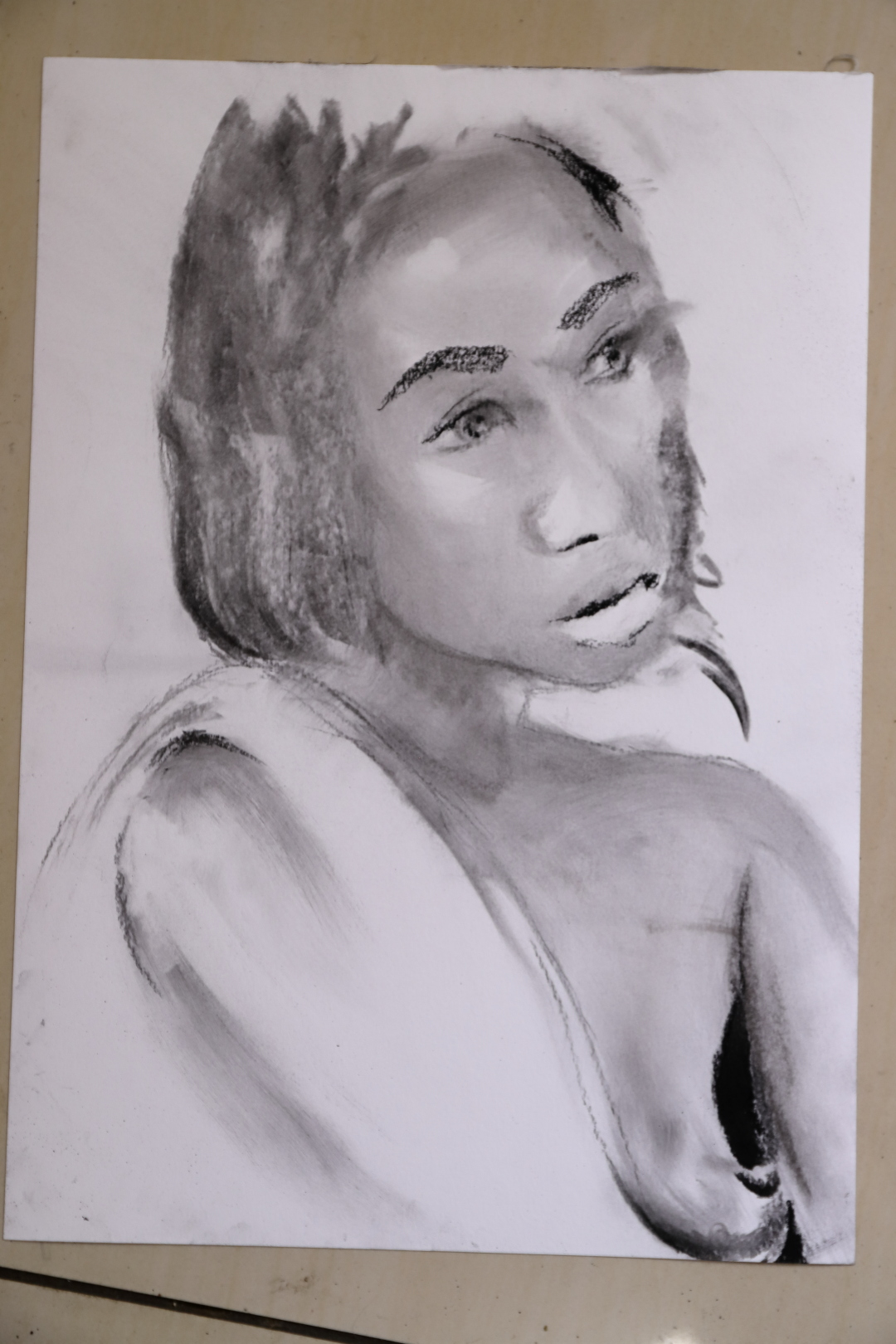


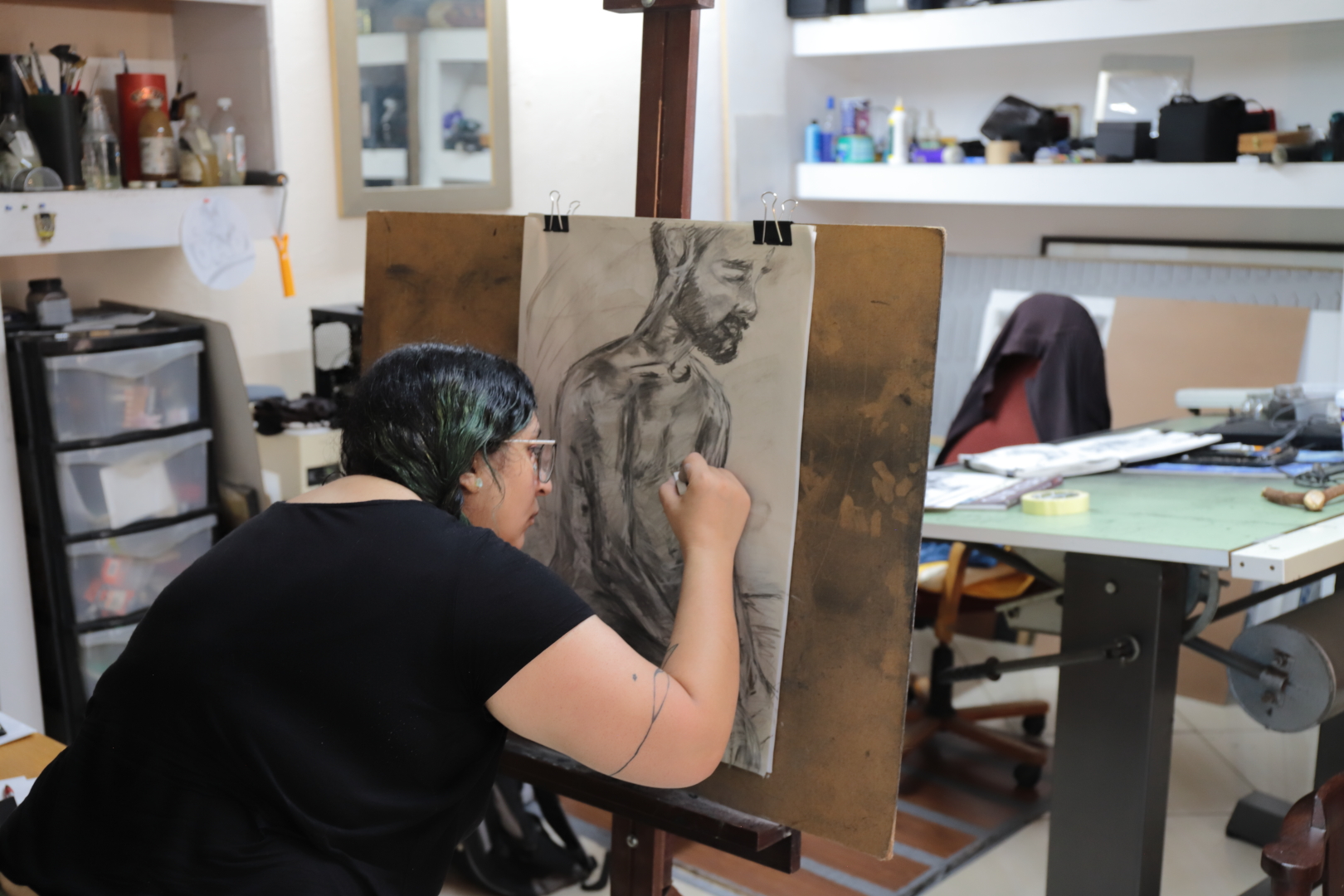


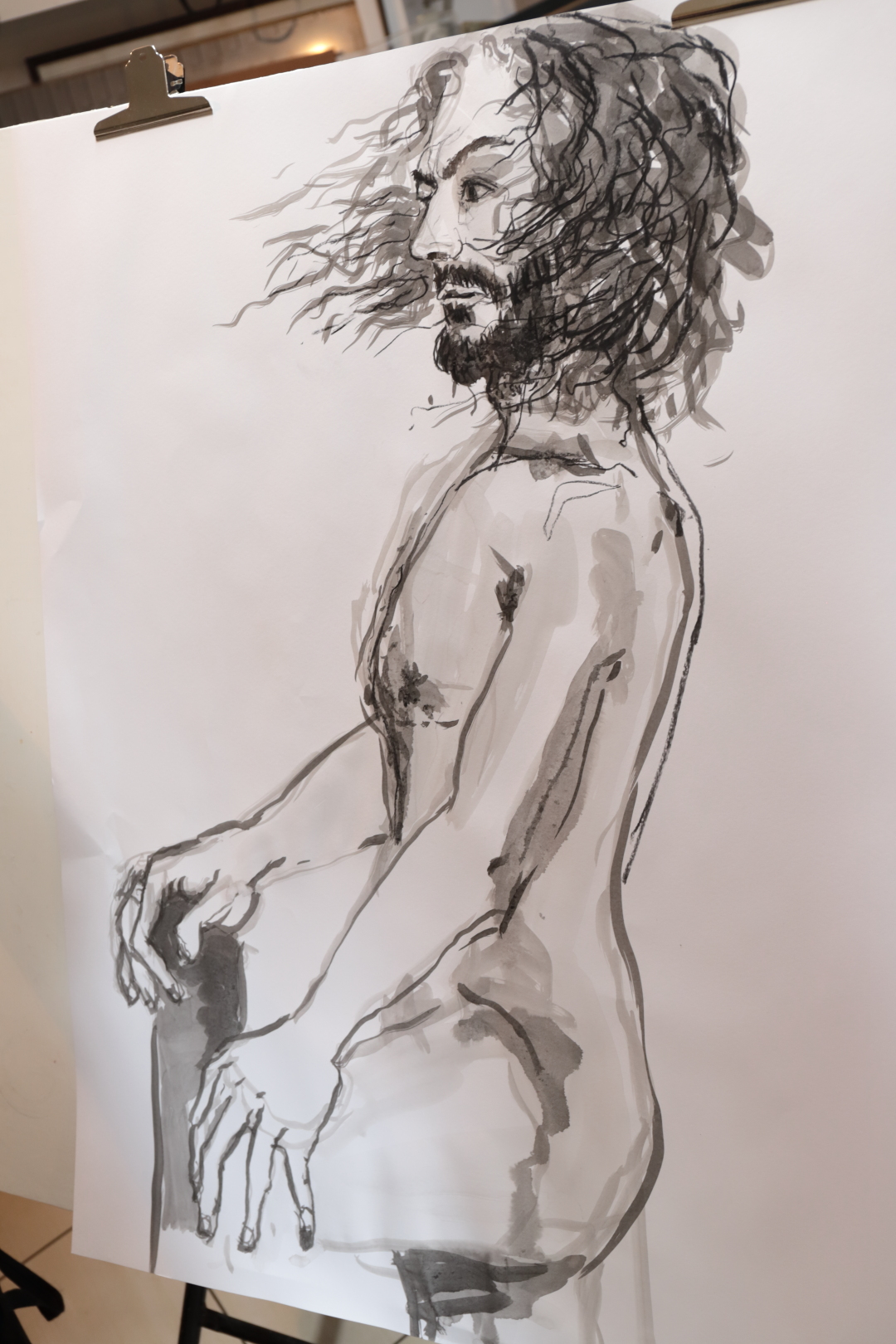
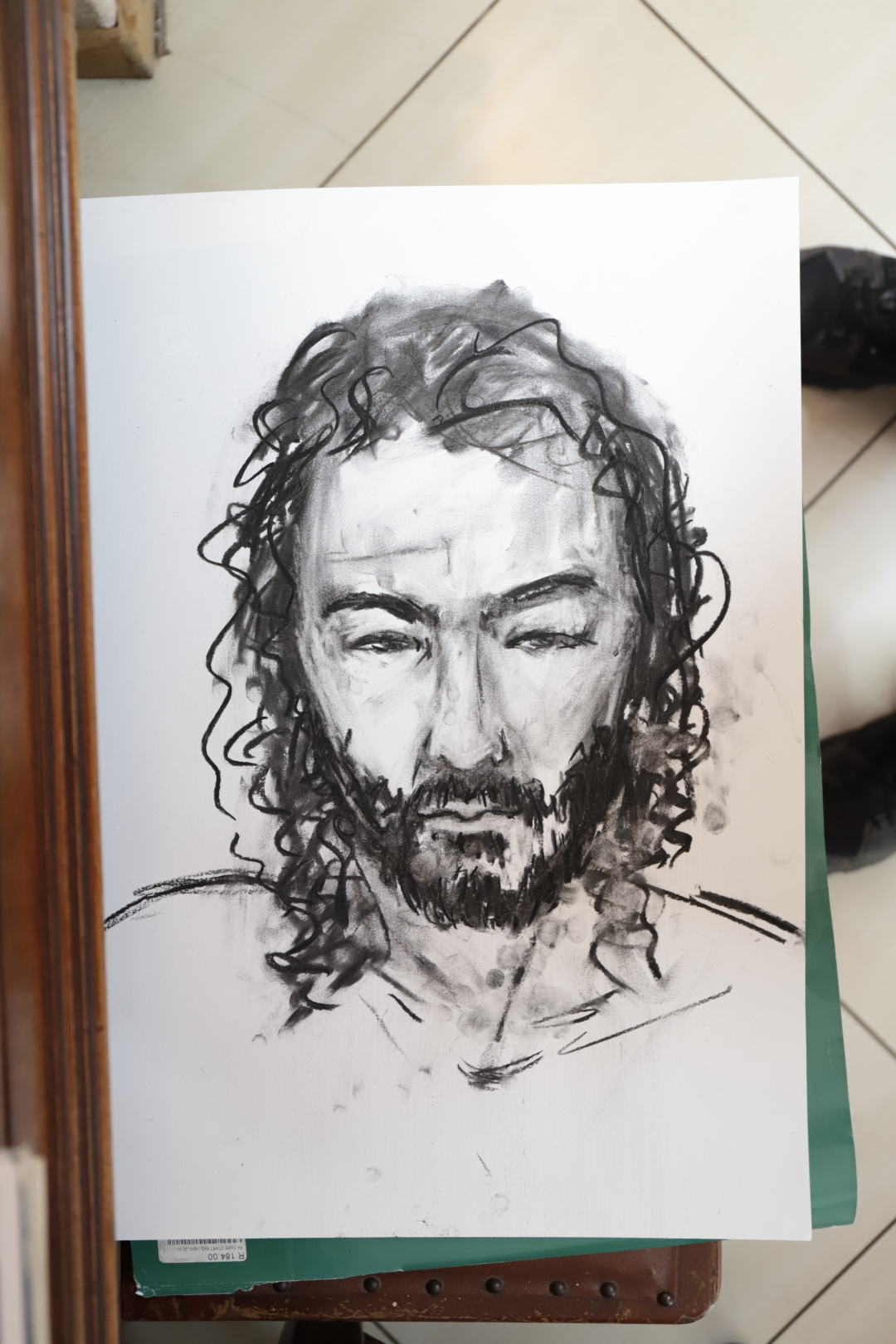




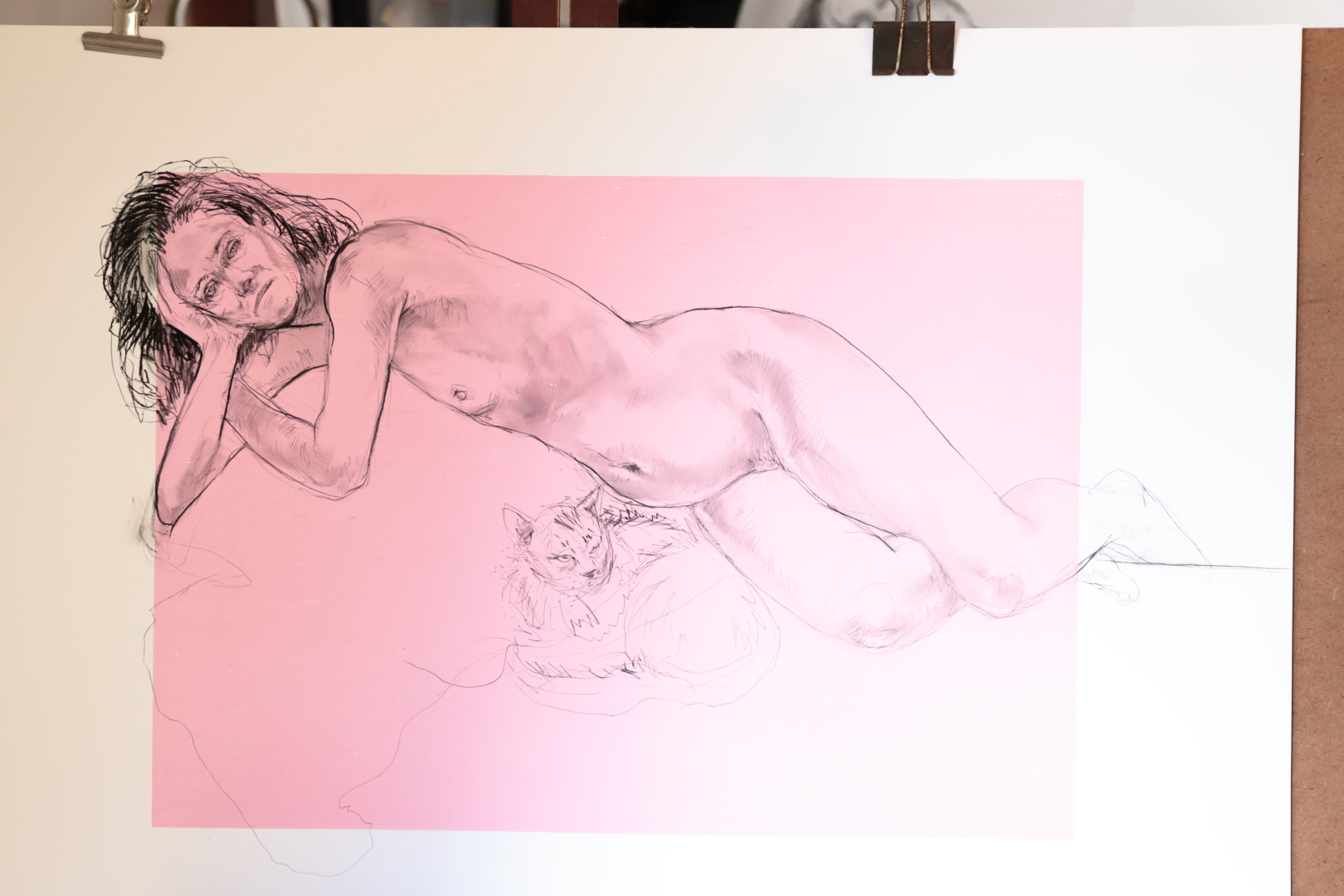
Life Drawing: A Catalyst for Personal Growth and Societal Progress
Life drawing, the centuries-old artistic practice of creating human form representations through drawing or painting, is traditionally appreciated for its intricate depiction of human beauty and complexity. Yet, its significance extends well beyond the surface. It provides an avenue for personal growth, self-expression, inclusivity, and even social change.
Life drawing is a unique form of self-exploration and self-expression. Renowned abstract artist Kandinsky believed that creating art serves as a gateway to our inner spiritual reality (“On the Spiritual in Art,” 1905). This view aligns with Antonovsky’s theory of salutogenesis, suggesting people seek purpose and meaning in life (“The Sense of Coherence,” 1987). Life drawing, in this context, becomes a conduit for personal discovery and understanding. It resonates with the concepts of ‘flourishing’ – living a fulfilling, meaningful life (Seligman, “Flourish,” 2011), and ‘growth mindset’ – acknowledging the role of effort and learning in personal development (Dweck, “Mindset: The New Psychology of Success,” 2006).
Life drawing can also champion inclusivity and diversity. By crafting authentic, respectful art that appreciates the human form’s inherent qualities, we contribute to a more equitable world. This practice can critique societal structures, challenging the commercialization of art that often bolsters capitalist values and systems of exploitation (Marx & Engels, “The Communist Manifesto,” 1848).
In addition, life drawing offers a unique perspective on the human form as an independent object. Object-oriented ontology (OOO) emphasizes the agency and independence of objects from human perception (Bryant, “The Democracy of Objects,” 2011). In life drawing, this means acknowledging the ‘object-ness’ of the human body, respecting its independence from human interpretation.
In essence, life drawing harnesses the human form’s beauty and complexity as a catalyst for personal growth, self-expression, inclusivity, and social change. This practice enriches our lives, broadens our worldview, and aids in building a more equitable world. Life drawing, thus, stands as more than just an art form; it’s an instrument of personal and societal transformation.
By André S Clements via OpenAI’s ChatGPT (‘4’, ChatGPT May 24 Version), on 2023-06-28.